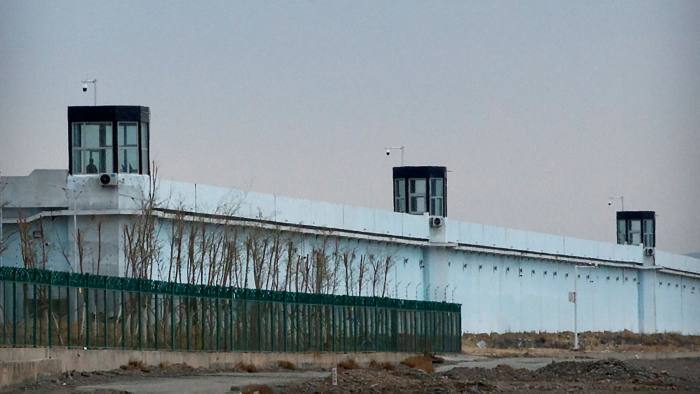Towers on the perimeter of the Number 3 Detention Center in Dabancheng in China’s Xinjiang Uyghur Autonomous Region, April 23, 2021 © AP
Darren Byler’s field study of Xinjiang evokes the shadow of concentration camps — with the added cruelty of a 21st-century surveillance system
It is hard to avoid the history of concentration camps when describing the system of maximum-security “reeducation” facilities that the Chinese Communist party has built since 2017 in Xinjiang.
The tragedies of the Boer war, Nazi Germany and the Soviet gulags are illustrative context but also only partial analogues. While some forms of 20th-century repression remain, the modern world of high-tech surveillance has created new forms of control.
Darren Byler, an anthropologist at the University of Washington, writes that he had these “continuities and ruptures” in mind when describing Xinjiang’s system of mass internment in his book, In The Camps.

